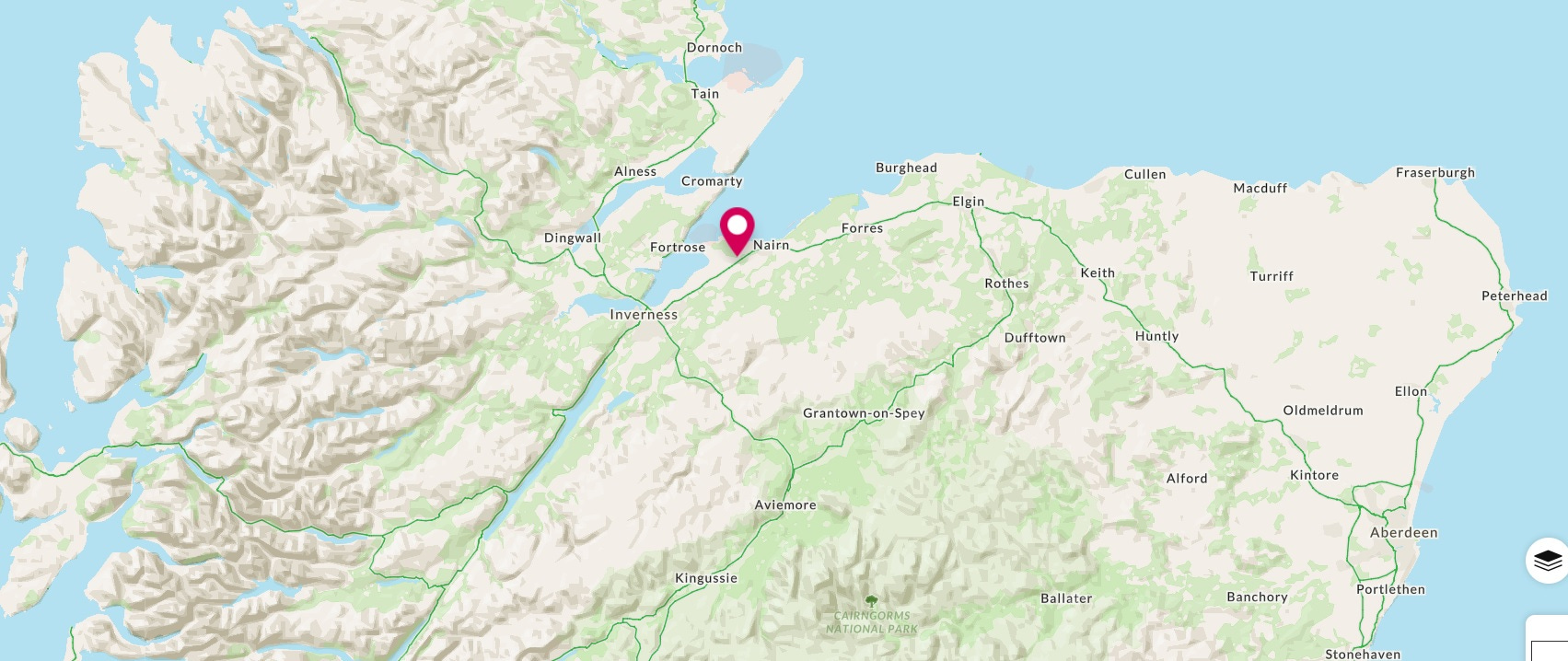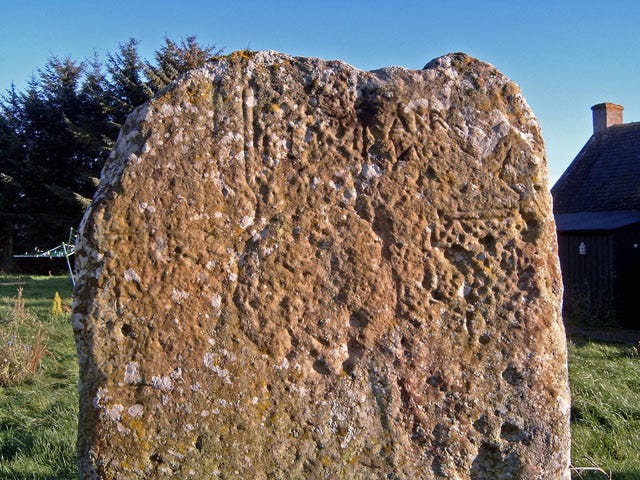by Anne MacInnes

Photographs of all 4 faces of the Conan Pictish stone © HES.
Whilst on a walk close to Dingwall, I came across a site that struck me as being slightly mysterious, atmospheric and with an air of neglect about it. I was immediately fascinated, and started to try and find out more about it.
I established that it was an early religious site, privately owned, and asked the landowner if I could have permission to survey it. This granted, and because of the difficult access, I began to form a plan of just how to carry this out. A specific parking place for one car was established and the survey began.
I followed the methodology used by Susan Kruse at Kiltearn, where I had helped carry out the survey (see blog).
First of all, three of us, sectioned off the site using tapes and this enabled me to draw up plans marking all the visible stones. They were all numbered, and then surveyed and photographed in detail. Inscriptions were carefully copied on to the recording forms, which at times involved a lot of head scratching due to the worn stone. Moss was removed but not lichen as this could damage the stone. Linda helped me almost every day, with Meryl and Beth helping when they could.

The weather was kind in the winter months when this survey was done, and we were struck by the oasis of peace, emerging wildflowers and variety of birdlife with occasional visiting roe deer. A large area of ponticum and invasive sycamore was cleared with chainsaw by Terry Doe, with Linda, Kay, and myself dragging it offsite. Finally a group of nine NoSAS members planetabled the site and did levels to show the footings and platform of a chapel, and Meryl drew this up.
The survey revealed as well as the probable chapel footings, upright headstones in various shapes and sizes, lair markers, tabletombs, graveslabs, some lightly covered by moss.
Most of them looked like this, either blank or with initials carved at the top. All the stones were orientated with their carved faces towards the east.
One day, I was brushing off leaves from a graveslab sitting on the ground, not buried, when I noticed a bit of carving that looked like a foot. Carefully removing a bit more, a leg was attached to this foot! I couldn’t believe what I was seeing, so much so that I went to do something else and ignored it. However on my return it was still there and more was revealed. Continue reading →
57.565426
-4.436417





























